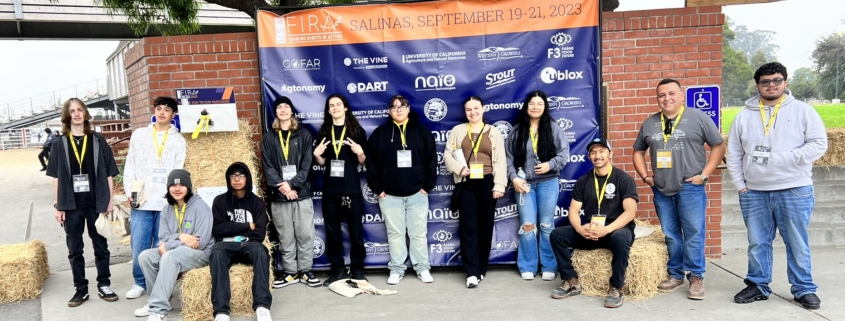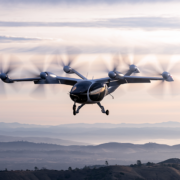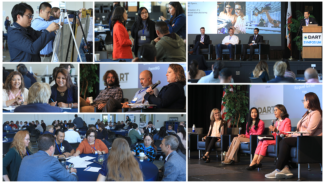SIEDI Delegation Explores FIRA-USA 2023
/in Agriculture, agtech, Community, FIRA-USA, Partners, robotics, Workforce/by Jen SimonAuthor: Barbara Meister, SIEDI Mentor
A SIEDI (Salinas Inclusive Economic Development Initiative) delegation explored the emerging world of robotics in agriculture by attending the FIRA-USA conference in September at the Salinas Rodeo Grounds. Participants included representatives from Mujeres en Acción, ALBA and Loaves, Fishes and Computers along with the Ag Tech class from Rancho Cielo.
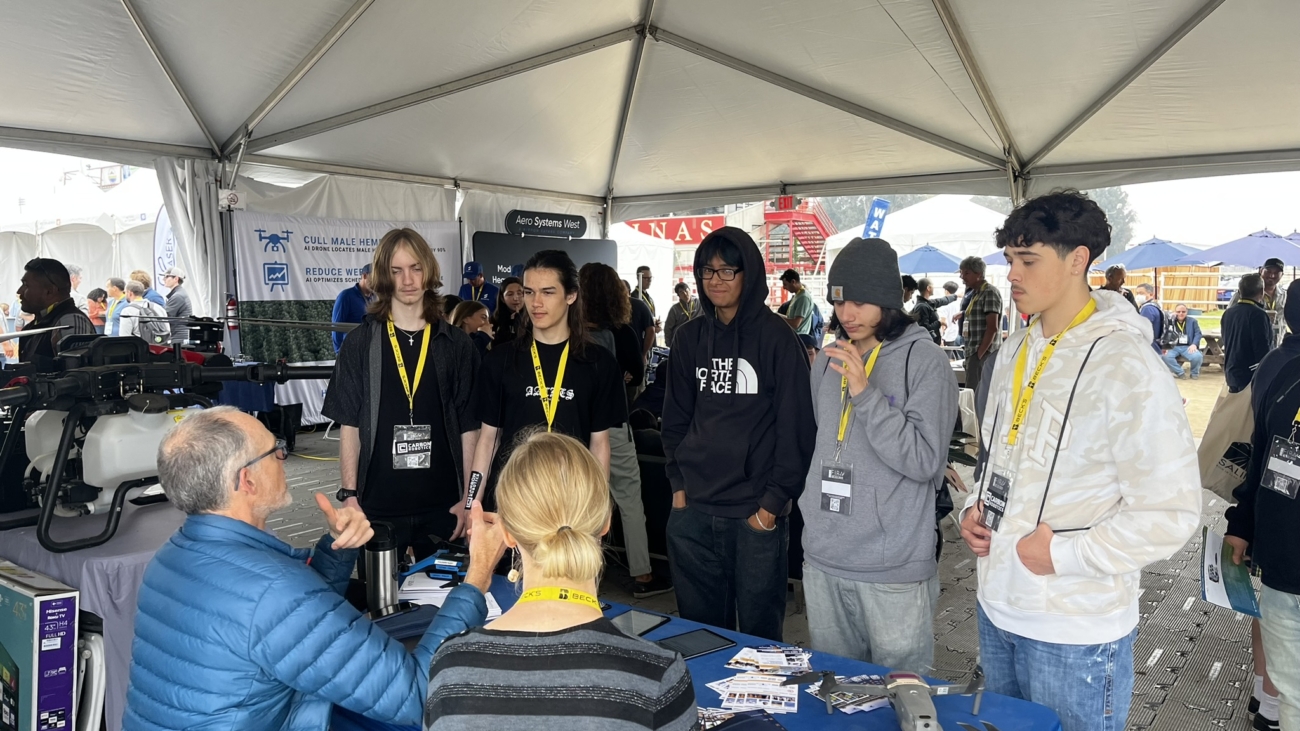
The conference drew entrepreneurs, academics, government scientists, graduate students, venture capitalists, journalists and growers from all parts of the globe. Thanks to our partners at DART, 12 of us had the chance to see field-level robotic demonstrations, meet company representatives, and hear panel discussions about the emergence of robotics and mechanization of agriculture, its promises and possibilities, and the threats and opportunities that come with technological innovation.
SIEDI leaders had several key takeaways and lots of questions. Robotics is driven, at least in part, by the shortage of farm labor. Robotics and the mechanization of production agriculture will certainly change work.
Some new jobs will be created as robotics will require engineering and programming skills for their creation and problem-solving applications. Could these be job opportunities for graduates of Hartnell and CSUMB’s new Mechatronics program? Could the sons and daughters of farm workers be prepared for these jobs?
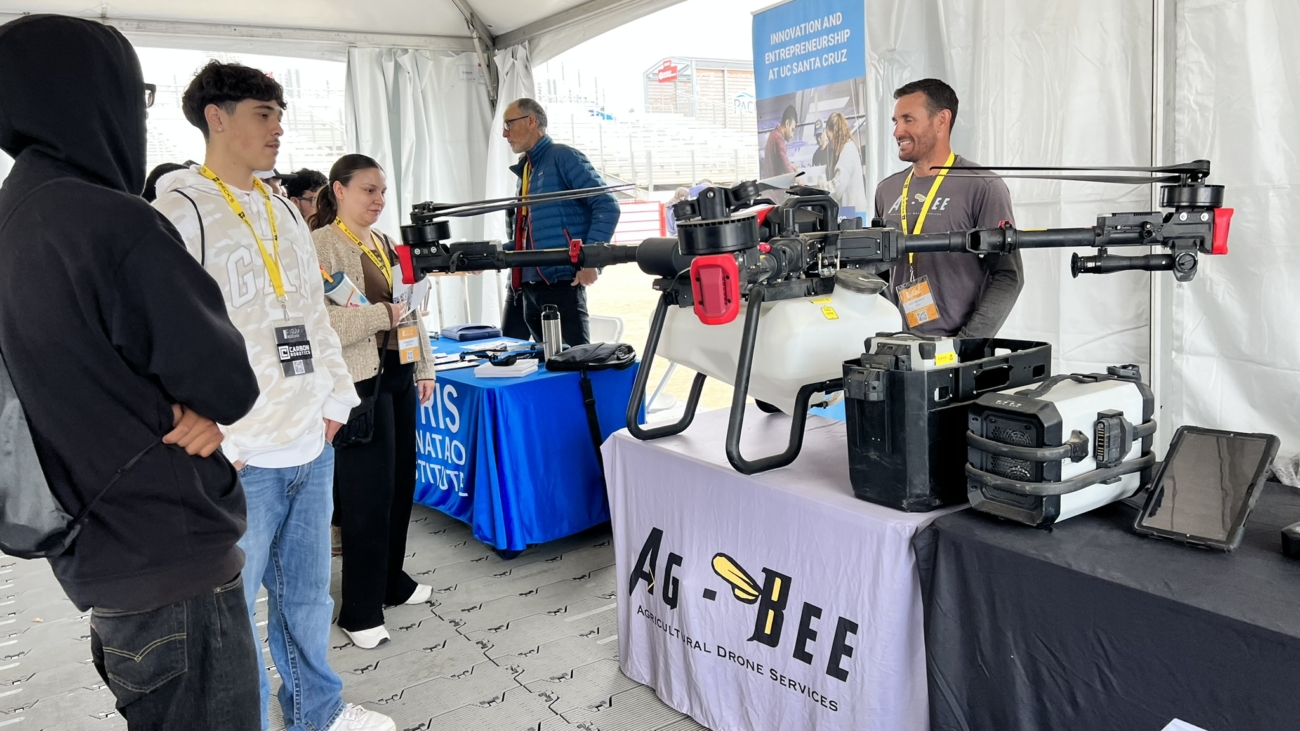
Some jobs will be replaced, not immediately, but over time. There is not a robotic solution to harvest strawberries in the field (yet?) because it is difficult for a robotic eye to see the fruit under the leafy canopy of a strawberry plant. A more likely robotic application will be a machine to cut the pre-harvest berry runners and replace those jobs. For a grower, the higher return on labor is during harvest, not during pre-harvest maintenance of the plant.
Some jobs are at present being replaced. The mechanized PlantTape, only needs 2 workers to operate it when typically there are 8 or more workers riding a machine and feeding transplants into the soil.
Some jobs will become safer. We saw an autonomous sprayer that could run at night, by itself and thus eliminate or reduce pesticide exposure for workers. On the other hand, the job of a sprayer often pays a $2-3 per hour premium, and is an attractive job for some because of the higher pay. What happens to these workers when they are replaced by machines?
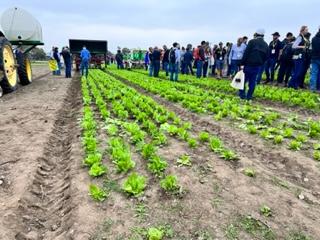
Some jobs will be made more efficient. We saw smaller robots, called Burro and Amiga, that could carry small loads behind or alongside a worker, reducing physical burdens and increasing time-labor efficiency. For piece-rate crops, like strawberries, the time a harvester spends carrying a carton of berries to the end of the row is money lost. Will the cost-savings of a robot flow to the worker because they are more productive now?
SIEDI leaders concluded that at present, robots have both the potential to be a complement to making work safer, less physically demanding, and more efficient for workers AND robots can displace workers. We are eager to explore the questions of opportunities and threats to our Salinas Valley workforce. How do we create a pathway for the jobs being created by innovation in ag tech for our youth? How do we re-skill and up-skill those currently work to plant and harvest our food? What impact will robots have on wages for farm workers?
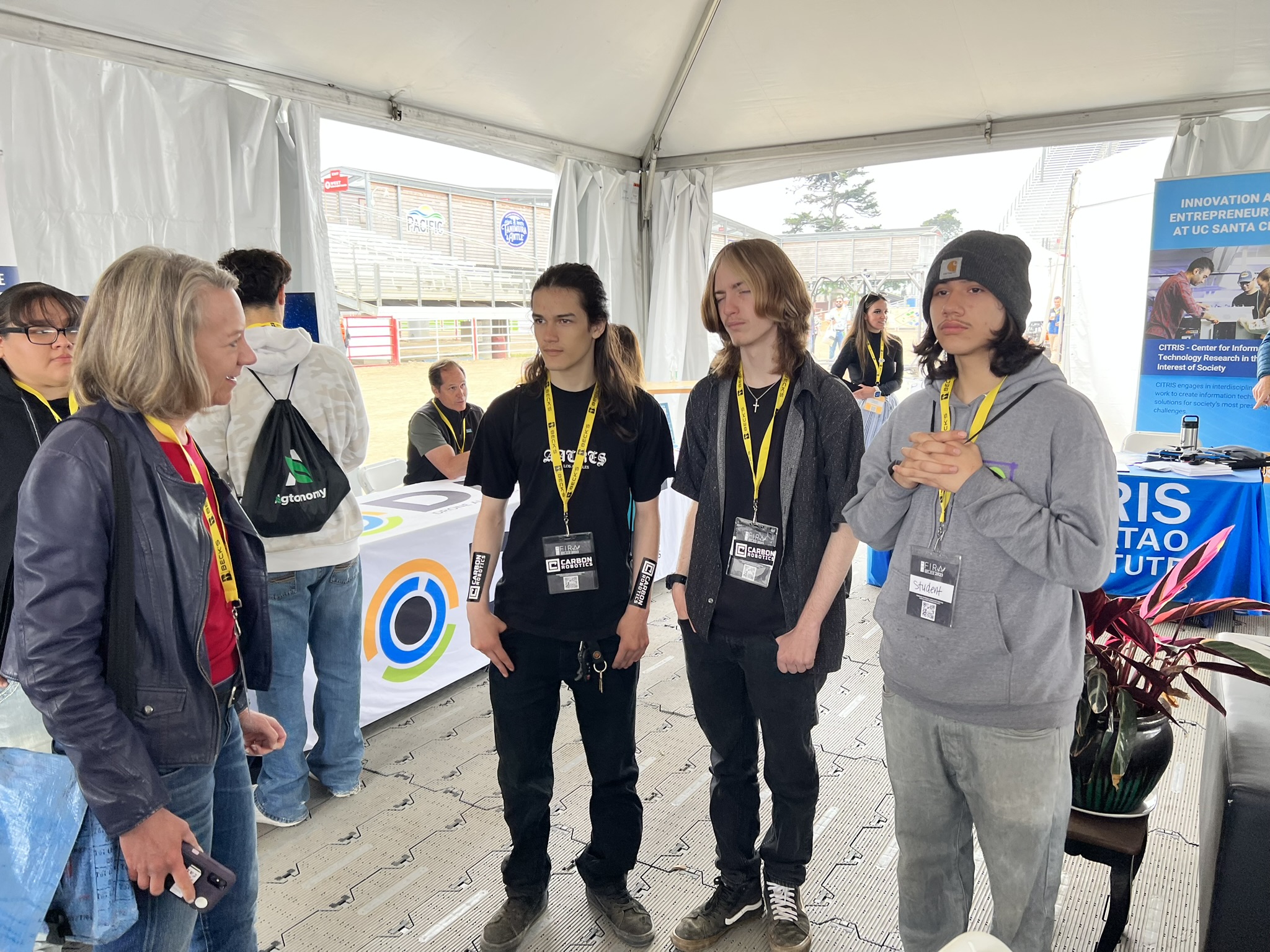
As SIEDI prepares for its plan of work for the next two years, we are eager to have more conversations, starting with farm workers themselves – what do they want from ag tech? And with small farmers, can robots improve efficiencies at small scale? What capacity do our educational institutions, adult schools and community colleges have for upskilling and re-skilling our current workers? What kind of partnerships can we create alongside these institutions, including CSUMB and UCSC, to prepare our Salinas Valley students for the design, engineering, programming and manufacturing of ag tech? We are eager to talk with farmers who are using and experimenting with ag tech to find out what they are learning and the impact on their labor force. And we want to talk to the ag tech companies in our region to understand what problems they are trying to solve and their workforce needs.
Robotics and automation are happening. SIEDI is ready to be proactive in mitigating the downsides and shape how this innovation can enable more Salinas Valley families to be included in the economic opportunities this technology will create.

